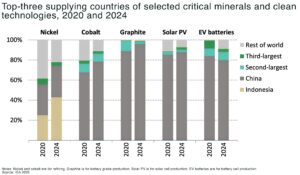A team of researchers over at Tohoku University in Japan claims to have cracked a way to cut down on the use of cobalt and nickel in lithium-ion batteries. Their latest paper, published in ACS Applied Energy Materials, shows it’s possible to make battery materials using cheaper, more abundant elements. According to the report, the team played around with what’s called “configurational entropy.” Basically, by mixing in elements like chromium, manganese, iron, and reducing cobalt and nickel, they were able to create new electrode materials.
The researchers have admitted the new chemistries don’t quite match the performance of today’s top-tier batteries but they seem to believe it opens the door to designing all kinds of combinations for future batteries that will be cheaper, more sustainable, and easier to produce.
Putting aside the fact that data shows nickel batteries as the top performers for long distance, single charge batteries, I can assure you of one thing: having talked to a lot of battery experts over the last several years, nickel is not getting replaced anytime soon, and that’s to put it mildly. The timescales involved in battery research, product development, and commercialization, are so long that as a nickel bull, I feel confident in chalking up this report to interesting idea but not to bear fruit for many years to come.
Anthony Milewski
Chairman, Nickel 28 Capital




















